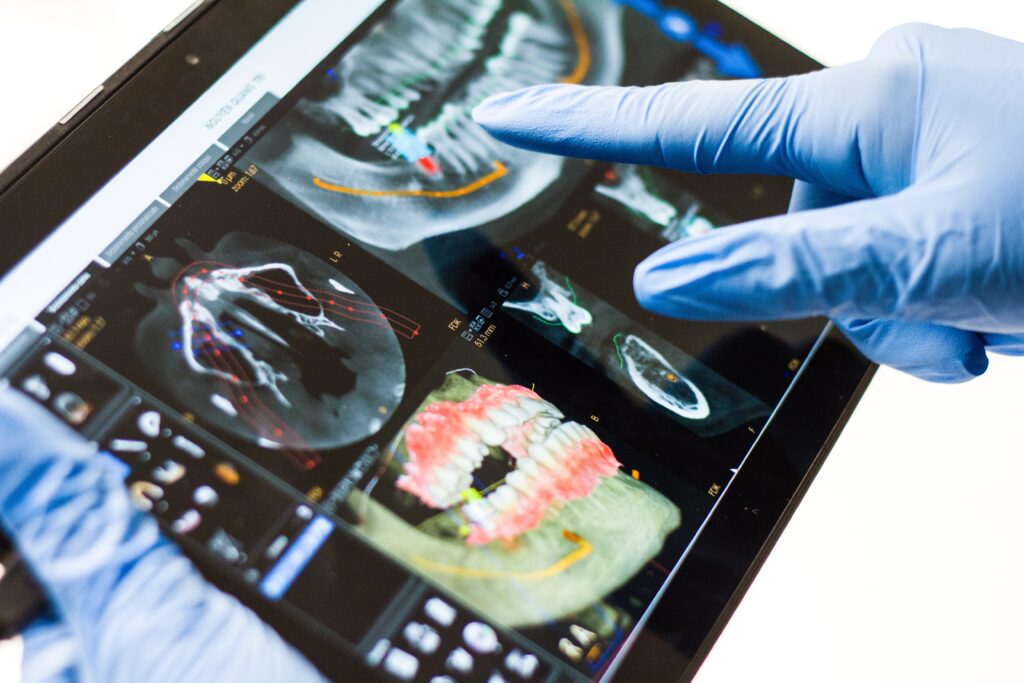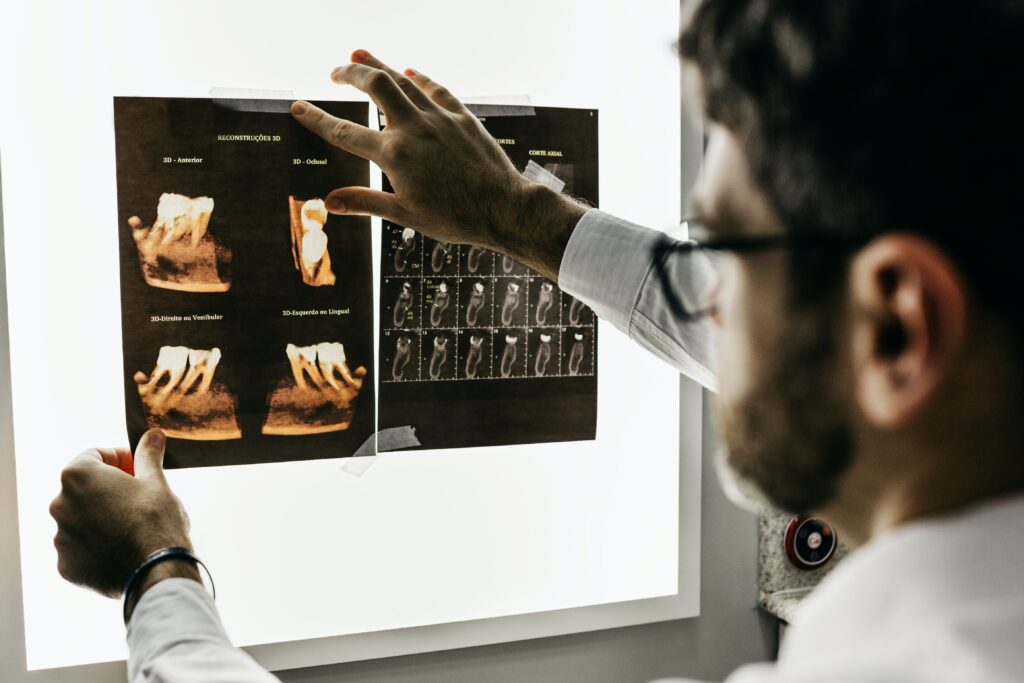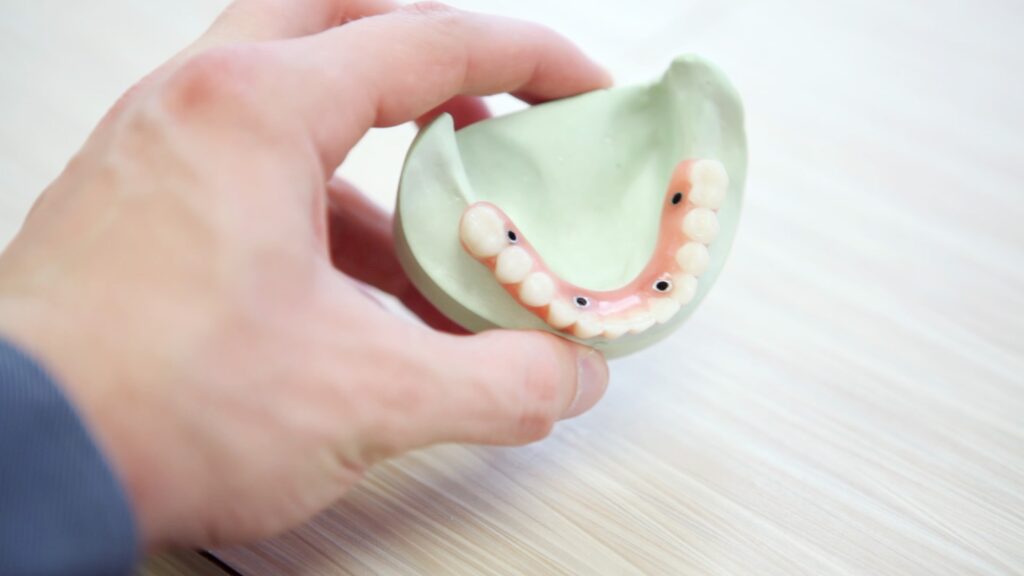Did you know that over 90% of dental practices in the United States now leverage some form of dental software to supercharge their operations? It’s not just a trend; it’s a transformative wave, shaping the future of dentistry.
Let’s deep dive and explore the key purpose of dental software and their benefits.
What is Dental Software?
Dental software is a specialized technology designed to streamline and enhance various aspects of dental practice management. It encompasses digital tools and applications that aid dentists in administrative tasks, appointment scheduling, and patient communication. Dental software plays a crucial role in ensuring data security and compliance with healthcare regulations, safeguarding sensitive patient information.
1. Simplifying Administrative Tasks
One primary purpose of dental software is to simplify administrative tasks.
- From scheduling appointments to managing patient records, dental software automates mundane and time-consuming processes, allowing dental professionals to focus on providing quality care.
- With just a few clicks, dentists can access patient information, including medical history, treatment plans, and appointment history. This also contributes to create a patient centered culture at dental business.
- This efficient organization and retrieval of data save valuable time and reduce errors that may occur with manual record-keeping systems.

2. Practice Management: Purpose of Dental Software
Dental software plays a crucial role in practice management, allowing dentists to efficiently run their clinics.
- Dental software often includes billing and invoicing functionalities that simplify financial management within the practice. One purpose of dental software is to assist you manage dental practice’s finances effectively.
- It can generate accurate invoices, track payments, and even integrate with insurance providers for seamless claims processing.
- This reduces manual paperwork and ensures efficient revenue management.
- Additionally, dental software often includes analytics tools that provide insights into the practice’s performance, allowing dentists to make informed decisions and optimize their business strategies.
- Dental software can efficiently handle patient records and documentation. It is also the purpose of dental software.
- It allows for digital storage and organization of patient information, including medical history, treatment plans, and billing details. This eliminates the need for physical paper files and makes it easier for staff to access and update patient records as needed.
3. Treatment Planning and Imaging : Purpose of Dental Software

Another essential purpose of dental software is its ability to aid in treatment planning and imaging.
- Advanced software applications integrate with digital imaging devices, enabling dentists to capture high-resolution images such as
| ✳X-rays | ✳ intraoral scans | ✳ 3D models |
These images can be seamlessly integrated with patient records and analyzed for accurate diagnosis and treatment planning.
- Dental software also supports the creation of virtual treatment simulations, allowing patients to visualize the proposed outcomes and make informed decisions about their dental care. It is also the purpose of dental software.
- Treatment planning software allows dentists to create comprehensive treatment plans based on patient information, clinical data, and imaging results. It enables them to visualize different treatment options, evaluate potential outcomes, and communicate these plans effectively with patients.
- Dental software allows for efficient storage, organization, and retrieval of patient records and images. This digital approach eliminates the need for physical files or films while ensuring easy access to essential information whenever needed.
4. Patient Communication and Engagement : Purpose of Dental Software

Effective communication with patients is vital for maintaining a successful dental practice. Dental software facilitates seamless communication through various channels, such as:
| ✴️appointment reminders via email or SMS | ✴️ automated recall notifications | ✴️ personalized patient messaging. |
The purpose of dental software is patient engagement and satisfaction, leading to better treatment adherence and increased loyalty. This will assist you succeed as a dentist.
5. Enhancing Access to Care : Purpose of Dental Software
The purpose of dental software is to enhance access to care. Dental software can also enhance access to care for patients. With the introduction of tele-dentistry, dentists can provide consultations and follow-up care remotely, expanding their reach to patients in rural areas or those with limited mobility. The secure transmission of patient data and the ability to collaborate with specialists remotely enable efficient and timely care delivery, ultimately improving patient outcomes.
6. Integration with Dental Devices and Equipment
Dental software integration empowers practitioners by connecting diagnostic tools directly to the software interface. This synergy allows for real-time data transfer from devices like intraoral cameras, digital scanners, and 3D imaging equipment.
Integration with dental devices automates the transfer of diagnostic data directly into patient records, reducing the likelihood of errors and ensuring that critical information is readily available. This not only saves time but also helps keep dental practice up-to-date on the latest technology.
7. Data Security and Compliance
- Secure Patient Information Storage
Dental software employs advanced encryption and secure storage protocols to protect patient records from unauthorized access. This includes not only personal details but also sensitive health information, ensuring that patient confidentiality is upheld at all times.
- Access Control and Authentication
Access to patient data is tightly controlled through robust authentication measures. Only authorized personnel, such as dentists, hygienists, and administrative staff, are granted access to specific parts of the software.
- Regular Security Audits and Updates
Dental software providers conduct regular security audits to identify vulnerabilities and proactively address potential risks.
- Data Backups and Recovery Plans
Dental software incorporates robust data backup mechanisms to prevent data loss in case of unexpected events, such as hardware failures or cyber-attacks. Additionally, comprehensive disaster recovery plans are in place to minimize downtime and ensure quick restoration.
8. Remote Access and Telehealth: The Purpose of Dental Software
Dental software with telehealth capabilities enables practitioners to conduct virtual consultations with patients. Through video conferencing, dentists can remotely assess oral health concerns, discuss symptoms, and even provide initial diagnoses. This facilitates timely interventions and minimizes the need for in-person visits, particularly beneficial in situations where physical presence may be challenging.
Remote access features empower dental professionals to securely access patient records from any location with an internet connection. This flexibility enhances collaboration among dental teams.
9. Patient Education Resources : The Purpose of Dental Software
Dental software incorporates interactive multimedia elements such as videos, animations, and 3D models to convey complex dental concepts in a visually engaging manner. These resources can explain various dental procedures, oral health conditions, and treatment options, making it easier for patients to understand the information.
10. Inventory Management for Supplies and Equipment : The Purpose of Dental Software
- Automated Procurement and Restocking
Dental software automates the procurement process by tracking inventory levels, dental billing in real time. When supplies reach a predefined threshold, the software generates automated alerts for restocking.
- Barcode Scanning for Accuracy
Many dental software systems support barcode scanning technology for precise tracking of supplies and equipment.
- Expiration Date Monitoring
Dental supplies often have expiration dates, and expired items can compromise patient safety and result in financial losses. Inventory management in dental software includes features that monitor expiration dates, providing timely notifications to practitioners.
Read more:How to Start a Dental Billing Company
11. Appointment Reminders and Follow-ups: Purpose of Dental Software
Dental software automates the process of sending appointment reminders to patients via various communication channels, such as text messages, emails, or automated phone calls. These reminders serve as gentle prompts, reducing the likelihood of patients forgetting or missing their scheduled appointments.
Some dental software systems facilitate two-way communication, allowing patients to confirm, reschedule, or cancel appointments directly through the reminder message. This interactive feature streamlines the process, making it more convenient.
12. Customizable Reporting for Practice Growth
Customizable reporting allows dental practices to track a diverse range of metrics, including patient demographics, appointment utilization, treatment case acceptance rates, revenue streams, and more. By tailoring reports to specific needs, practitioners gain a comprehensive understanding of various facets of their practice. This also helps improve dental business.
3 Common Types of Dental Software
- Practice Management Software
Practice management software is a foundational tool for dental offices, streamlining administrative tasks such as appointment scheduling, billing, and patient record management. It enhances overall operational efficiency by centralizing essential practice functions into a digital platform.
- Imaging and Diagnostic Software
This type of software is crucial for capturing, storing, and analyzing dental images such as X-rays, intraoral scans, and 3D models. Imaging and diagnostic software aids in accurate diagnosis, treatment planning, and collaboration among dental professionals for comprehensive patient care.
- Electronic Health Records (EHR) Software
EHR software in dentistry digitizes patient records, enabling secure and organized storage of health information. It enhances accessibility to patient data, facilitates seamless communication between dental team members, and ensures compliance with healthcare regulations regarding patient information management.
Key Features of Dental Software
- Appointment Scheduling and Management
Dental software includes robust features for scheduling and managing appointments efficiently. It allows practitioners to set appointments, send reminders to patients.
- Treatment Planning and Imaging
Advanced treatment planning and imaging capabilities are key features in dental software. This includes tools for creating detailed treatment plans, integrating diagnostic imaging (X-rays, 3D scans), and dental technology.
- Patient Communication and Engagement
Dental software facilitates effective communication with patients through features such as automated appointment reminders, secure messaging, and patient portals. These tools enhance patient engagement, promote adherence to treatment plans, and provide educational resources.
Conclusion
The purpose of dental software is numerous, all aimed at enhancing efficiency, improving patient care, and streamlining dental practice operations. From simplifying administrative tasks to facilitating treatment planning and imaging, dental software plays a critical role in the modern dental industry. Its ability to streamline processes, improve communication, and expand access to care make it an indispensable tool for dentists seeking to provide quality dental services. Embracing dental software not only benefits the dental practice but also enhances the overall patient experience, making it a valuable investment in the evolving field of dentistry.
Don’t miss: Top 10 Skills Needed to Become a Dentist